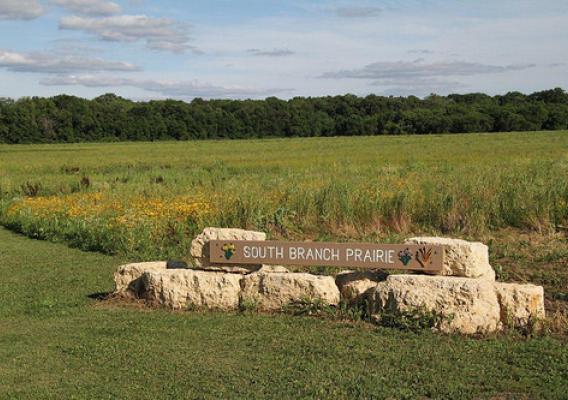The Census of Agriculture is the most complete account of U.S. farms and ranches and the people who operate them. Every Thursday USDA’s National Agricultural Statistics Service will highlight new Census data and the power of the information to shape the future of American agriculture.
The 2012 Census of Agriculture results are out and New Jersey remains true to its name. The Garden State greenhouse industry keeps blossoming. There are more than 1,560 farms in New Jersey that focus on greenhouse, nursery, and floriculture production. In the five year period since the last census, square footage for nursery stock crops in New Jersey more than doubled from 7.8 million square feet to 16 million. And greenhouse tomatoes went from 162,000 square feet to 275,000.
Speaking of vegetables, that’s another sector of New Jersey agriculture that bears mentioning. With more than 50,000 acres of farmland dedicated to vegetables, our farmers grow nearly every vegetable included in the census. Tomatoes, New Jersey’s state vegetable, lead this charge, with 688 vegetable farms, more than half of the total, growing this crop. Other key crops grown locally include bell peppers, cucumbers, sweet corn, and snap peas.









